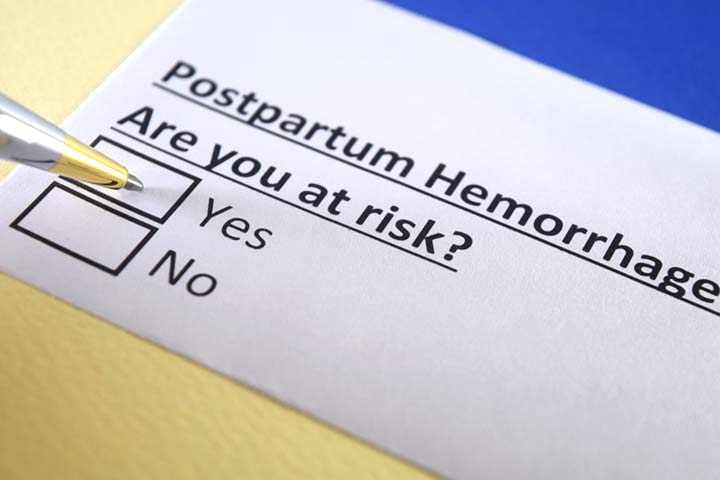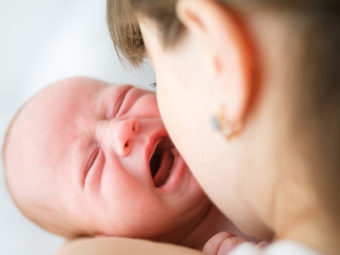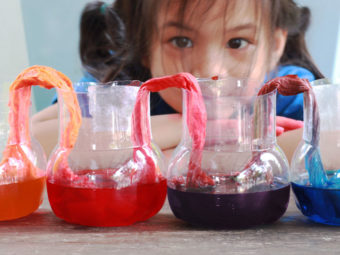
After nine months of waiting for your baby, you’ve finally given birth. Childbirth is painful — it doesn’t matter if you’ve had a natural birth or a C-section. The entire ordeal is no easy feat, and when you hold your baby in your arms, you probably think the worst is over. Well, you thought wrong. Soon after delivery, the postpartum period begins. And with it comes bleeding and clotting. Don’t panic! This is normal and necessary (1). It may be scary and overwhelming, but remember, you just pushed a tiny baby out of your body — you can brave this as well! We’ll tell you all about it, and if there is a need for you to worry. Read on:
产后血栓和出血: What Is All That Blood?
Image: Shutterstock
After the delivery of your child, you will experience postpartum bleeding. It’s like your period, but heavier and messier. This might be a bit of a bummer, especially considering that you were free from your menstrual period for a good nine months, but it is normal. It is also very important. Post-pregnancy, your uterine lining has to be discarded, and bleeding is the only way for it to go. This discharge or bleeding of the uterine lining soon after childbirth is called lochia. It primarily contains blood and tissue, as well as mucus and bacteria. In addition to all that bleeding, you will also notice blood clots. A blood clot essentially is a clump of blood that often sticks together, forming a jelly-like substance. Blood clots you see are also due to the shedding of your uterine lining (2), (3).
But that is not all. Postpartum bleeding is also due to the wound the placenta leaves once it detaches from the wall of your uterus. Throughout your pregnancy, the placenta is firmly attached to the uterine wall. With childbirth, the placenta exits from your system. This discharge, too, will include blood clots (4).
Another potential contributor to postpartum bleeding is a tear in your nether regions that occurred during childbirth. This tear could have been natural or induced. When induced, it is called an episiotomy. Here, an incision is made in your perineum, the region between your lady parts and rear end. This is done to facilitate the exit of your child (5). During the healing period, you might experience a certain amount of bleeding.
When Should You Be Worried?
Image: Shutterstock
In the first twenty-four hours after childbirth, you will witness the heaviest amount of bleeding and clotting. This may continue for around six days. Post this, the bleeding and clotting will recede. The average timeframe for postpartum bleeding and clots is approximately six weeks, but sometimes, it can extend for a longer time. However, you will have to watch out for the following, as it may be a cause for concern (6), (7):
- Difficulty in breathing.
- Fever.
- Bright red blood after three days of delivery.
- Foul-smelling discharge from your lady parts.
- Passage of blood clots that are larger than the size of a golf ball, especially after twenty-four hours of delivery.
- Loss of consciousness.
- Extremely heavy bleeding requiring a change of sanitary pads or adult diapers every hour.
- Sutures in the perineum or abdomen giving way.
- Extreme headache and lightheadedness.
Even the thought of all that bleeding might leave you feeling scared and anxious. However, this is your body’s way of healing after months of carrying and delivering a child. Know that although unpleasant, this is your road to recovery. And just like everything else, you will overcome this as well. How have you been coping with postpartum bleeding? Let us know in the comments below.














